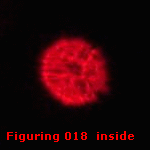
The seeing is not good enough to see the diffraction rings.
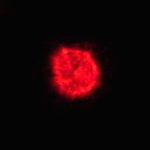

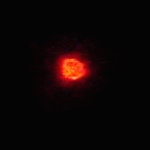
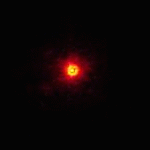
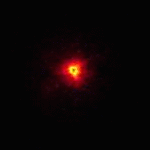
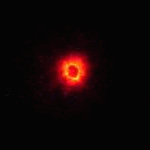
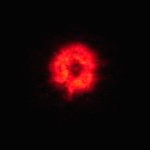

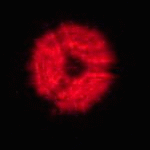
Eyepiece Defocus Test, Figuring 018
 |
At this stage you must wait until the telescope has come
to the same temperature as the outside air. Otherwise you can't see
a thing through the turbulence.
The seeing is not good enough to see the diffraction rings. |
 |
|
 |
|
 |
|
 |
If there is any astigmatism you will see it by focusing just inside and outside of focus. If your eyes are astigmatic as mine this test will always fail if done without glasses. Also you should have your head vertical because when your head is tilted the astigmatic correction in your glasses won't work correctly. |
 |
The digital camera tries to compensate for my defocus. This increases the range where focus is good. |
 |
I can see no astigmatism but the stringy pattern seen when correcting the 12 inch mirror is just discernable. |
 |
|
 |
|
 |
Eyepiece Defocus Test, Figuring 023
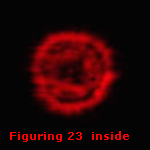 |
At this stage you must wait until the telescope has come to the same temperature as the outside air. Otherwise you can't see a thing through the turbulence. |
 |
Since the bright ring outside of focus indicates a turned down edge does the bright ring inside of focus indicate a turned up edge? Maybe- have to ask Mr. Dobson. |
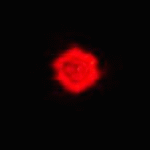 |
|
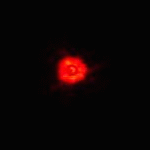 |
|
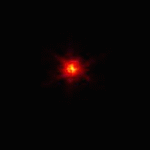 |
No astigmatism and no stringy pattern and a nice sharp focus. |
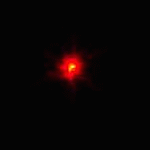 |
|
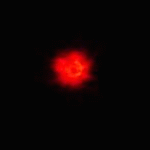 |
|
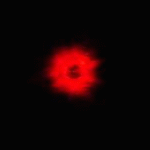 |
|
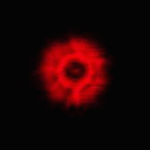 |
|
 |
Eyepiece Defocus Test, Figuring 025
Eyepiece focus Test, Figuring 025
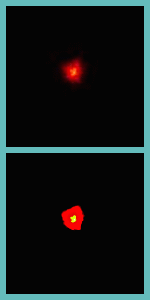 |
Artificial Star Focus Test
Upper frame, using an uncoated 8 inch F 7.8 mirror through a 9 mm eyepiece captured by a Sony S30 digital camera. Lower frame, same picture set after adjusting contrast and sharpening in Microsoft PhotoDraw. |
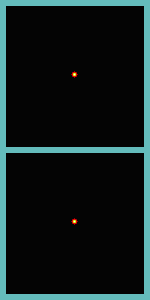 |
Simulated images in good 'Seeing'.
Upper frame, an image suitable for correction by one element of an adaptive optic mirror. Lower frame, image element after correction by an adaptive optic
mirror.
Diffraction ring is not simulated. |